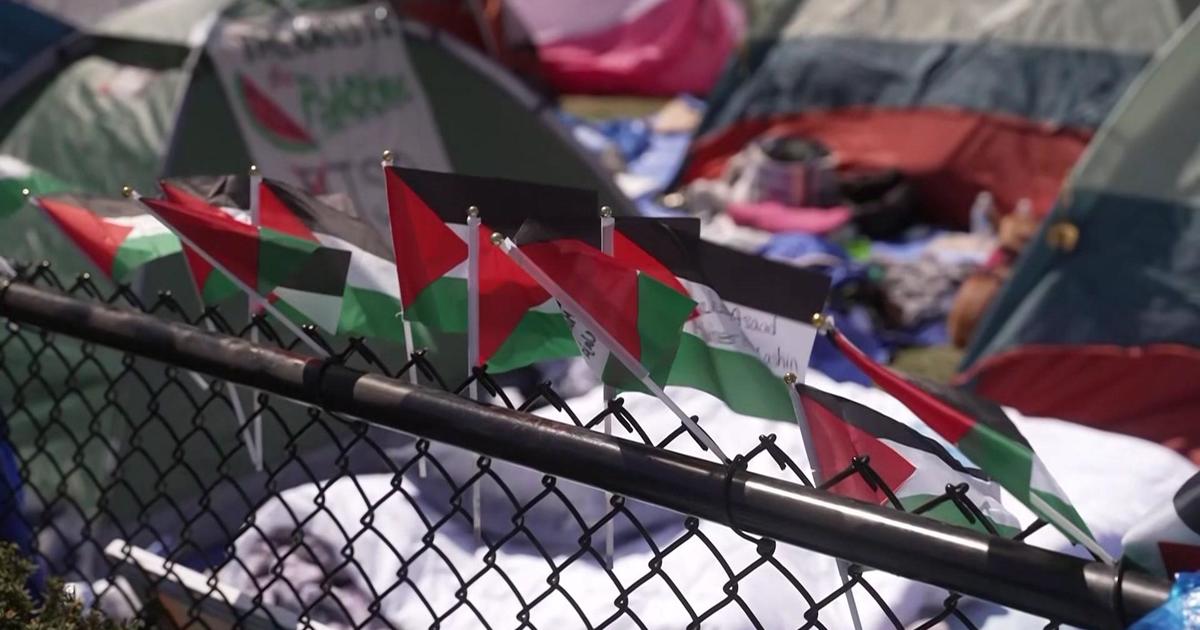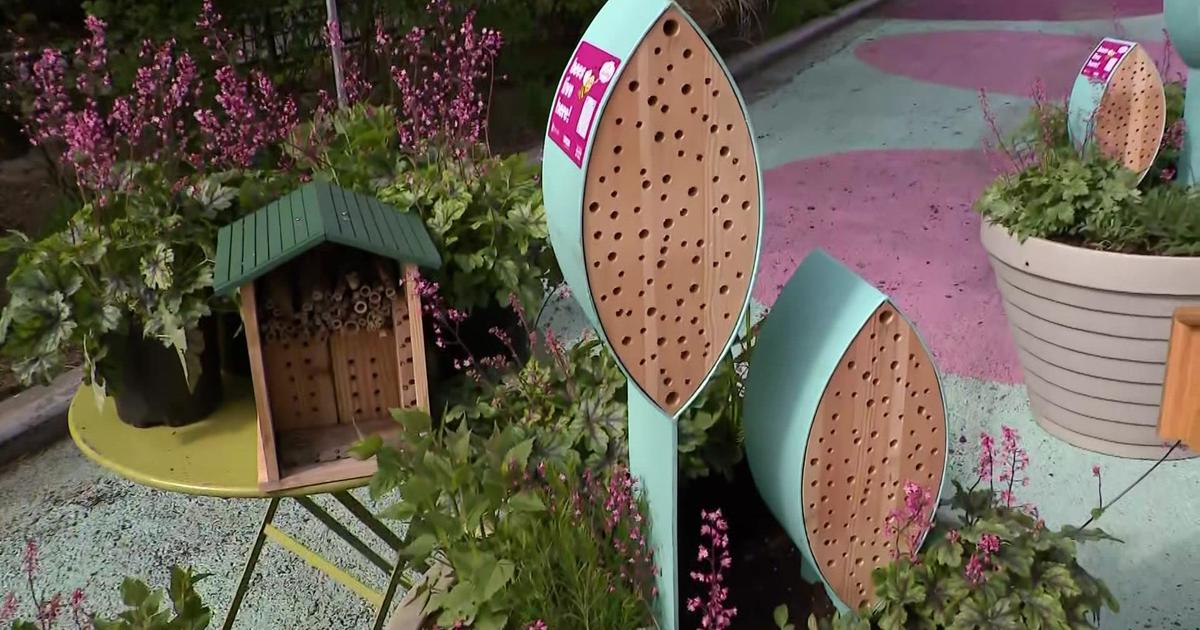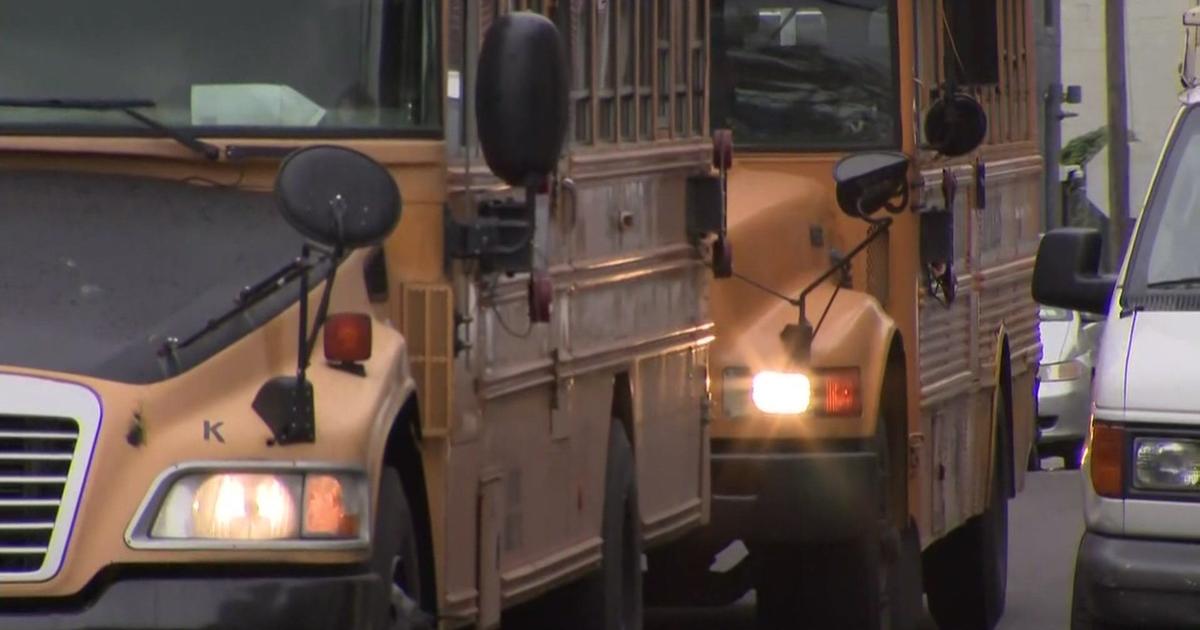Study Sheds Light On 'Dangerous' Problem Of Opioid Exposure In Children
NEW YORK (CBSNewYork) -- The extensive use of prescription opioids has been called a deadly epidemic.
While most of the attention has been on adults, there is a disturbing trend of opioid exposure in young children.
As CBS2's Dr. Max Gomez explained, a new study has shed light on the problem.
In the time it takes to pronounce this sentence, 53 more prescriptions for opioids will have been filled in the united stated.
Eighty percent of all opioid prescriptions in the world are in the United States.
With all of those drugs in circulation, kids are bound to get exposed.
Pharmacies fill more than 650,000 prescriptions for opioids each day in the U.S.
Increasingly, calls are coming in to poison control hotlines because of them.
"In this study, we found that poison control centers in the United States receive a call every 45 minutes for a child that has been exposed to opioid medications," Dr. Gary Smith, Nationwide Children's Hospital said.
That study was conducted by researchers at the Center for Injury Research and Policy, and the Central Ohio Poison Center at Nationwide Children's Hospital.
It analyzed calls to U.S. poison control centers between 2000 and 2015, and found a sharp increase related to opioids initially, but a drop since 2009 -- with one notable exception.
"We saw a pretty significant increase among young children getting into medications that are used to treat opiate dependence. Buprenorphine in particular, had a significant increase in exposures to young children," Dr. Marcel Casavant, Nationwide Children's Hospital said.
Drugs like buprenorphine or suboxone, are especially dangerous. They are primarily used to help people addicted to heroin, or other opioids, but they can be dangerous if they get into the hands of children.
"When children get exposed to buprenorphine, if mom or dad sees it happening, and they take the pill out of the child's mouth, their child can still go into a come and stop breathing many hours later," Dr. Casavant said.
Experts are calling for increased prevention efforts to better protect children, including changes in how the pills are packaged. Instead of loose pills in bottles, they suggest increased use of blister packs or single dose-packaging.
"Keep these things up, away, and out of sight. Preferably in a locked location so they can't get access to them," Dr. Gary Smith, Nationwide Children's Hospital said.
While children younger than six years of age accounted for the most exposures, it found that teenagers are also at risk.
The rate of suspected suicide due to prescription opioid exposure among teenagers rose nearly 53 percent over the 16 year study period.



